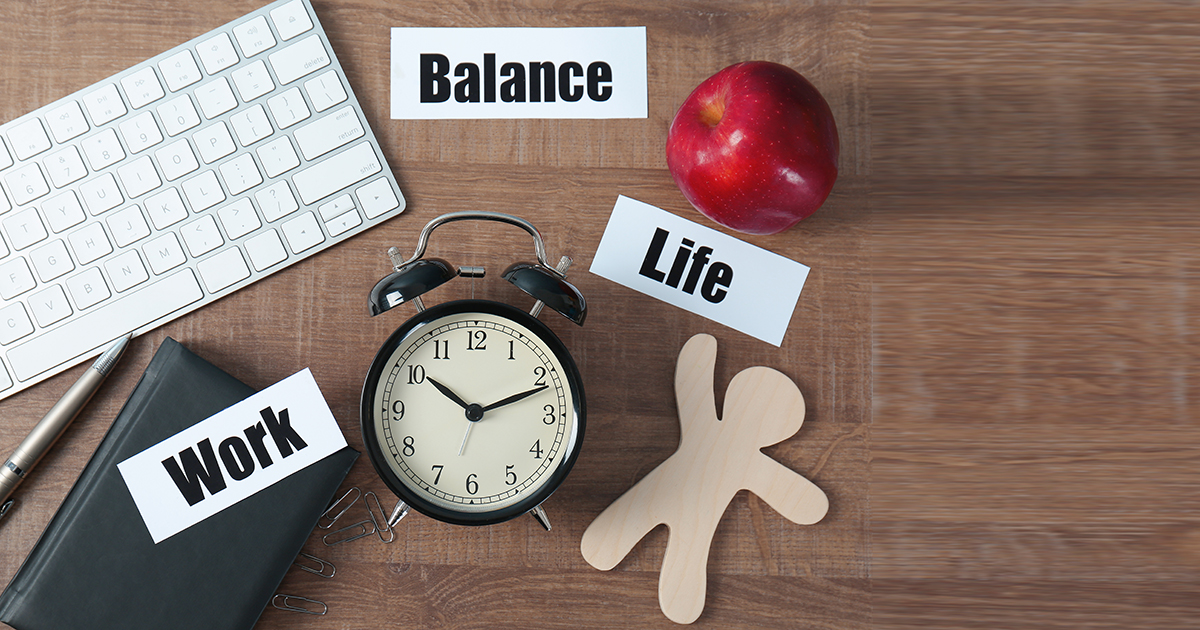
Habits of Highly Successful People
Introduction to the 7 Habits Habits of Highly Successful People Success doesn’t happen overnight. It’s the result of daily choices and habits that shape our […]

Introduction to the 7 Habits Habits of Highly Successful People Success doesn’t happen overnight. It’s the result of daily choices and habits that shape our […]

The Ultimate Productivity Hacks-Are you tired of staring at your to-do list, only to find yourself scrolling through social media or binge-watching another episode? If […]

Life-Changing Ways-Have you ever found yourself trapped in a whirlwind of “What ifs” and “If onlys”? You’re not alone. Many people get stuck in this […]

Benefits of Taking an IQ-Have you ever wondered about your intellectual potential? Many people shy away from the idea of taking an IQ test, believing […]

Introduction to the concept of being childfree Childfree is an Act -The decision to remain childfree is often met with raised eyebrows and unsolicited opinions. […]

Introduction: The importance of self-responsibility in building stronger communities Foster Stronger Communities thrive on connection, collaboration, and a shared sense of responsibility. When individuals take […]

Introduction to the concept of work-life balance Time-Saving Hacks-In today’s fast-paced world, achieving work-life balance often feels like an elusive dream. Busy professionals juggle countless […]

Introduction to STEM Writing Boost Productivity With Study Groups-STEM writing can be a daunting task for many students. The complex concepts, rigorous research, and precise […]

Introduction to the 7 Habits Habits of Highly Successful People-Success isn’t just a stroke of luck; it’s often the result of daily choices and habits. […]

Overcome Revision Procrastination-Are you staring at that pile of notes, books, or assignments and feeling an overwhelming urge to scroll through your social media instead? […]
Copyright © 2025 | WordPress Theme by MH Themes